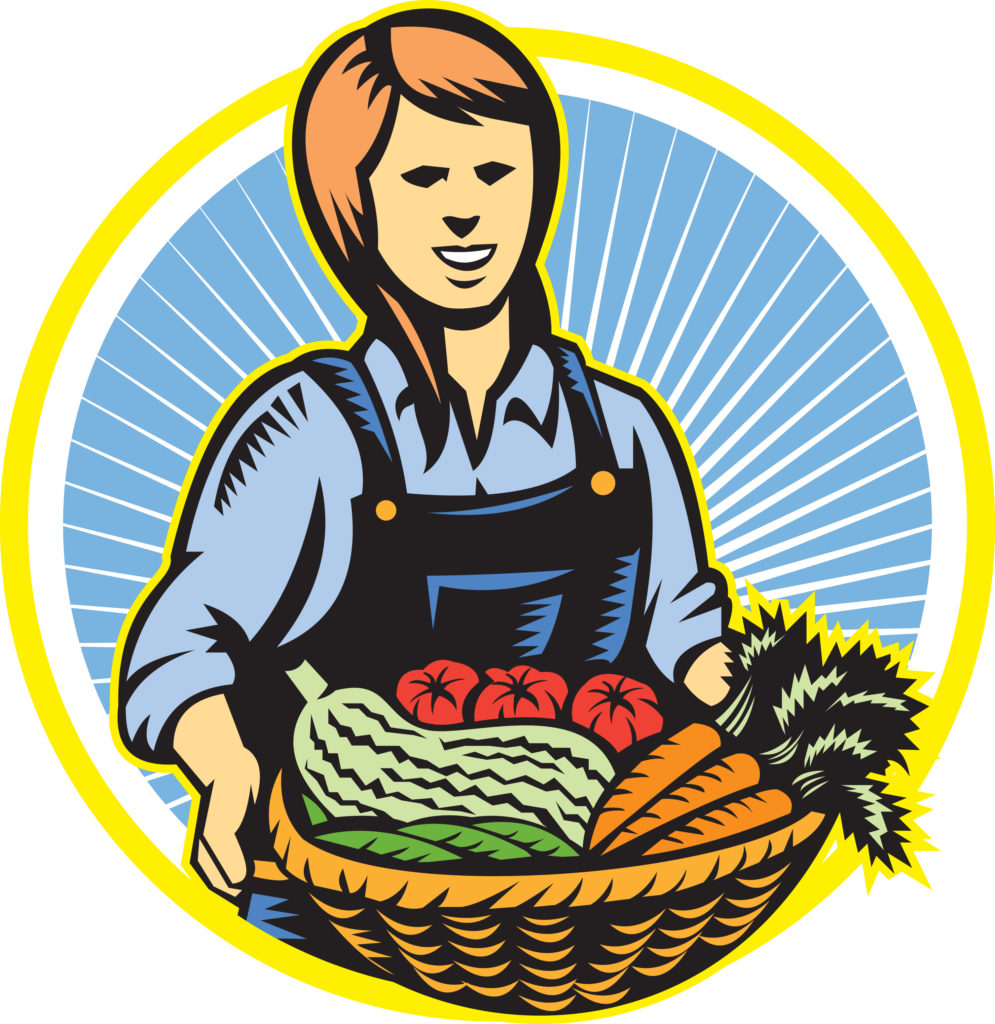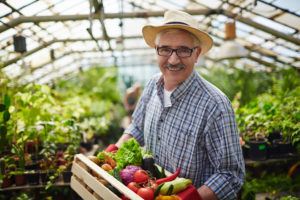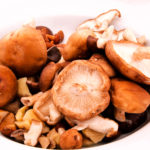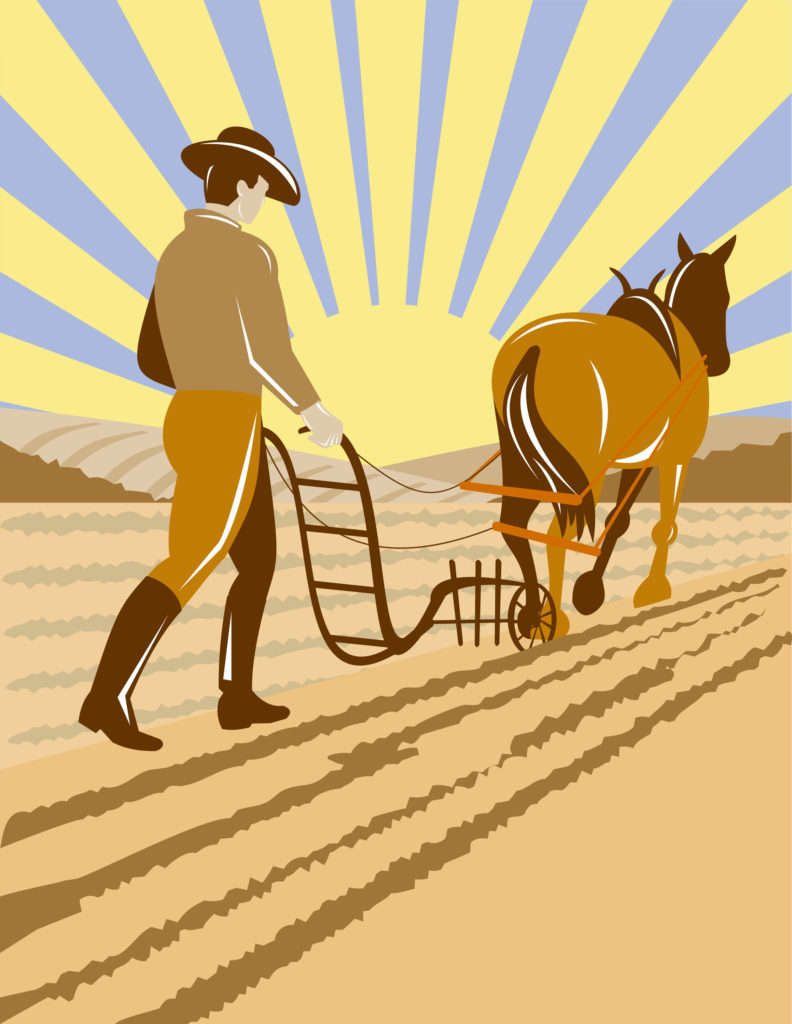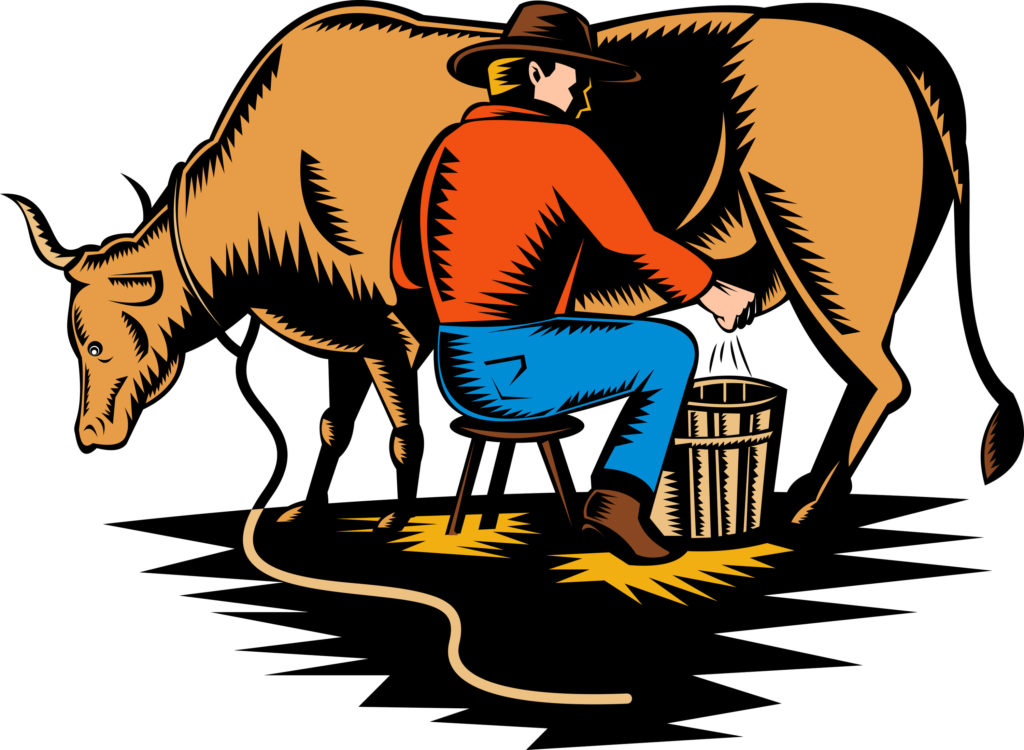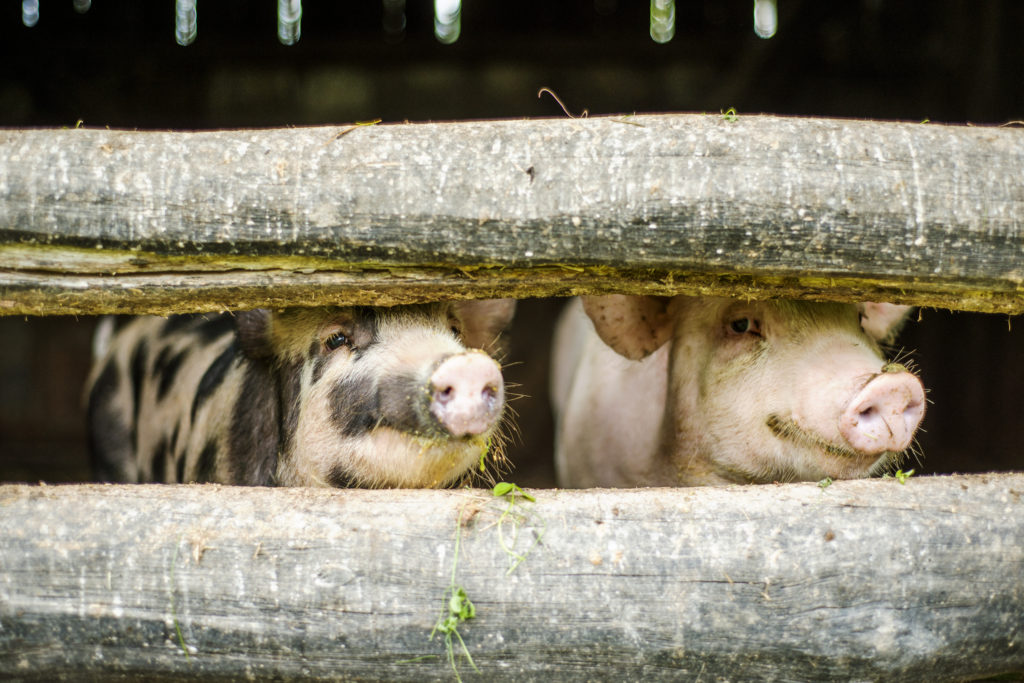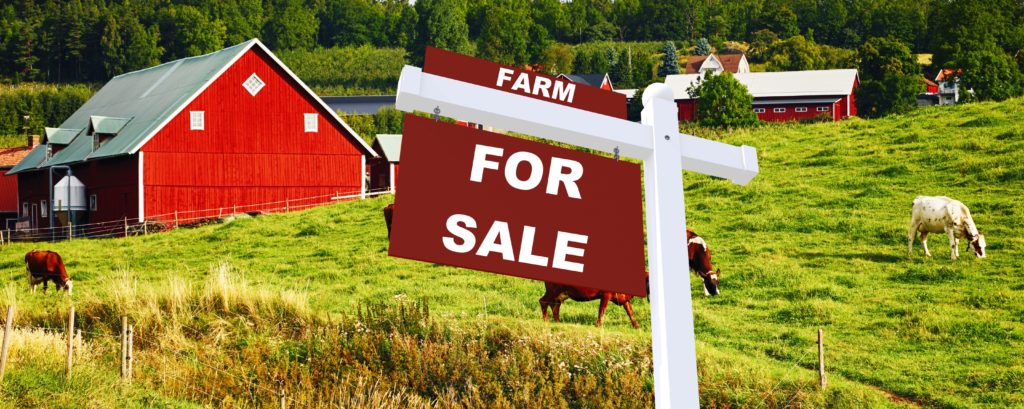Irrigation and tile drainage are vital components of modern grain farming in Western Canada. These agricultural practices offer numerous benefits that enhance productivity, increase sustainability, and help farmers adapt to the region’s variable climate. Given the prairie region’s diverse climate zones, the implementation of irrigation and tile drainage has significantly transformed the region’s grain farming industry, making it more efficient and resilient.
When you are ready to find a funding program to help install irrigation and tile drainage, use the funding finder: Farm Grants Funding Finder
Benefits of Irrigation in Grain Farming
- Increased Yield and Crop Consistency
Irrigation plays a critical role in stabilizing crop yields by ensuring a consistent water supply during the growing season. Western Canada experiences periods of drought and irregular rainfall patterns, which can drastically affect the productivity of grain crops like wheat, barley, and canola. With irrigation, farmers can control the water supply, reducing dependence on natural precipitation. This results in more reliable yields year after year, even in dry seasons. - Expansion of Arable Land
In areas of the west that receive limited rainfall, irrigation makes farming viable on land that would otherwise be unsuitable for grain production. Through the irrigation of semi-arid regions, farmers can expand the area under cultivation, increasing overall output. Irrigation projects have made southern Alberta, particularly in areas like the Bow River Basin, highly productive for grain farming. - Enhanced Crop Diversity and Quality
Irrigation allows farmers to grow a wider variety of grain crops and other high-value crops that require more water than Western Canada’s natural rainfall can provide. For instance, crops like corn or specialty grains that need more consistent moisture levels can be successfully cultivated with irrigation. This diversification not only increases the farmer’s income potential but also improves soil health through crop rotation practices. - Adaptation to Climate Change
With climate change leading to more unpredictable weather patterns, irrigation serves as a critical adaptation tool. As the prairie region faces increased risk of droughts and heat waves, irrigation provides a buffer, enabling farmers to maintain productivity. It helps stabilize grain farming in the face of fluctuating weather conditions, thereby safeguarding the food supply and supporting the regional economy.
Benefits of Tile Drainage in Grain Farming
- Improved Soil Health and Root Growth
Tile drainage systems help manage excess water in the soil by directing it away from the root zone of crops. In areas with heavy clay soils or where precipitation is abundant, standing water can lead to waterlogged fields, which hinders root development and oxygen flow. By removing excess water, tile drainage creates better conditions for healthy root growth, leading to stronger, more resilient plants. - Extended Growing Season
Tile drainage also helps extend the growing season. In parts of Alberta, heavy spring rains or snowmelt can delay planting because fields become too wet to work. Properly drained fields dry out more quickly, allowing farmers to start planting earlier in the season. This extended growing window is crucial in the prairie region’s relatively short growing season, allowing farmers to maximize their yields. - Reduced Soil Erosion and Nutrient Loss
Excess water on the surface can lead to soil erosion, washing away topsoil and essential nutrients. Tile drainage mitigates this problem by allowing water to percolate through the soil, reducing the amount of surface runoff. By preventing erosion and retaining nutrients in the soil, tile drainage contributes to long-term soil fertility and sustainability, which are essential for maintaining high yields in grain farming. - Improved Field Accessibility and Machinery Efficiency
Waterlogged fields can make it difficult for farm machinery to operate efficiently, particularly during harvest or planting seasons. Tile drainage improves the overall condition of fields, allowing for easier access and reducing the risk of equipment becoming stuck in mud. This leads to more efficient use of machinery and lower operational costs for farmers.
Economic and Environmental Impact
The combined use of irrigation and tile drainage in the grain farming sector has both economic and environmental benefits. Economically, these systems increase productivity and profitability by optimizing water use and improving soil conditions. Farmers are better equipped to manage crop growth and protect their investments, leading to higher returns. Environmentally, while concerns exist over water use, modern irrigation systems are designed to be efficient, minimizing waste and preventing water over-extraction. Similarly, tile drainage reduces the negative effects of over-saturation, promoting sustainable land management.
Implement Irrigation and Tile-Drainage Solutions on Your Farm
In Western Canada’s changing agricultural landscape, irrigation and tile drainage provide essential tools for maximizing grain farming efficiency and sustainability. These systems offer benefits ranging from increased yields and crop consistency to improved soil health and climate adaptation. As the province continues to face changing weather patterns and economic pressures, the adoption of irrigation and drainage technologies will play an increasingly important role in supporting Canada’s grain farmers and ensuring food security.
When you are ready to find a funding program to help install irrigation and tile drainage, use the funding finder: Farm Grants Funding Finder
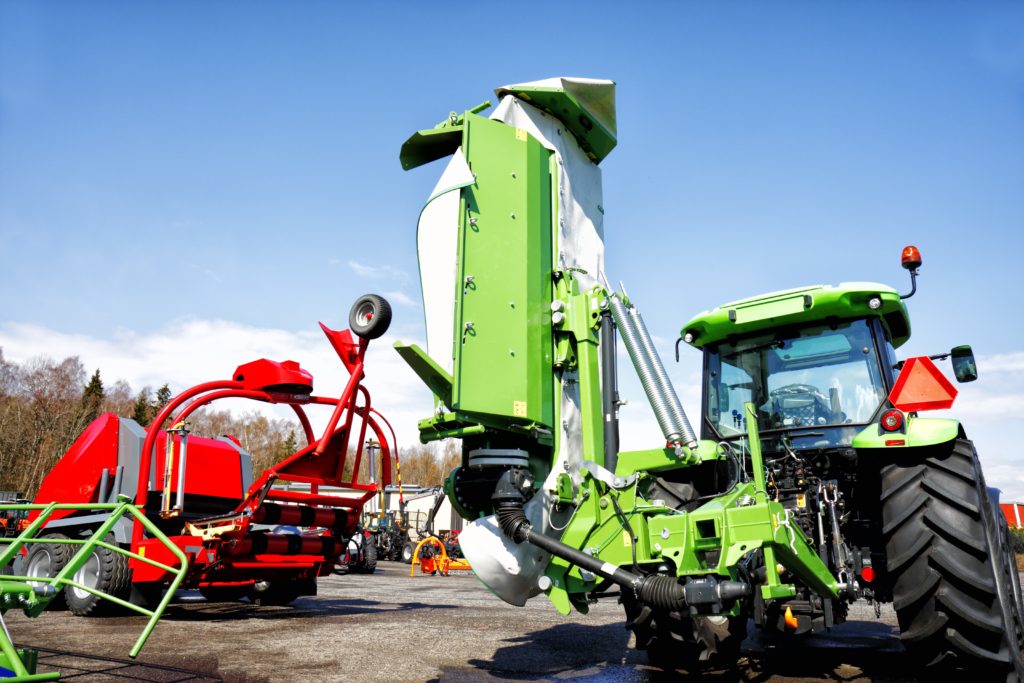
 tarting or expanding a farm can be a challenge, but is also very rewarding, both financially and in terms of personal satisfaction.
tarting or expanding a farm can be a challenge, but is also very rewarding, both financially and in terms of personal satisfaction.